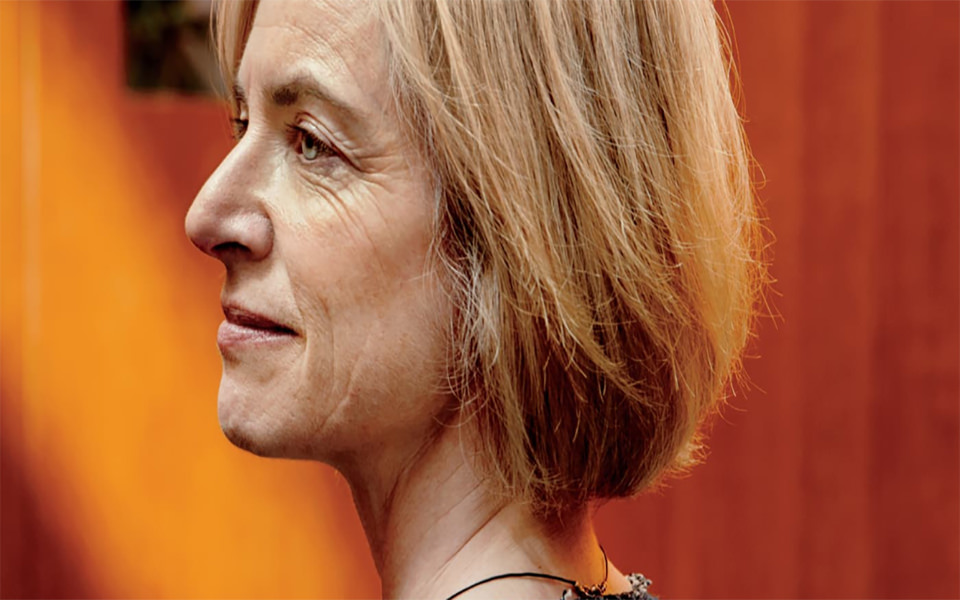CRISPR Pioneer Jennifer Doudna On Gene Editing’s Potential For Good And Evil
CRISPR coinventor Jennifer Doudna talks about developing the gene-editing tool that’s poised to change the world.
Scientists now have a relatively easy and inexpensive way to read, write, and edit the building blocks of life—the genome-editing technique known as CRISPR-Cas9. And while the technology was developed only five years ago, CRISPR’s ability to target—and modify—specific sections of DNA is already supercharging the pace of scientific breakthroughs in medicine and agriculture. It’s even being used to try to bring the woolly mammoth back to life. Investors (including Bill Gates and Sean Parker) and pharmaceutical companies have plowed millions of dollars into CRISPR-driven research; philanthropies have granted millions more to support scientists working on cures for genetic diseases; and in China, at least seven human clinical trials are moving forward. But it all started when a small group of scientists, working in collaboration, stumbled on an organic biological process that had existed for millennia. Among the leaders was molecular biologist Jennifer Doudna, who heads the Doudna Lab at the University of California, Berkeley. She’s the coauthor of a new book tracing CRISPR’s evolution, A Crack in Creation: Gene Editing and the Unthinkable Power to Control Evolution
“[CRISPR] is a great illustration of how technologies are born,” says Doudna. “They often come about in unexpected ways.” And the outcomes can be just as unpredictable, and dangerous—a fact that has prompted her to become a global advocate for the responsible use of CRISPR. In this excerpt, Doudna talks about its transformative power


